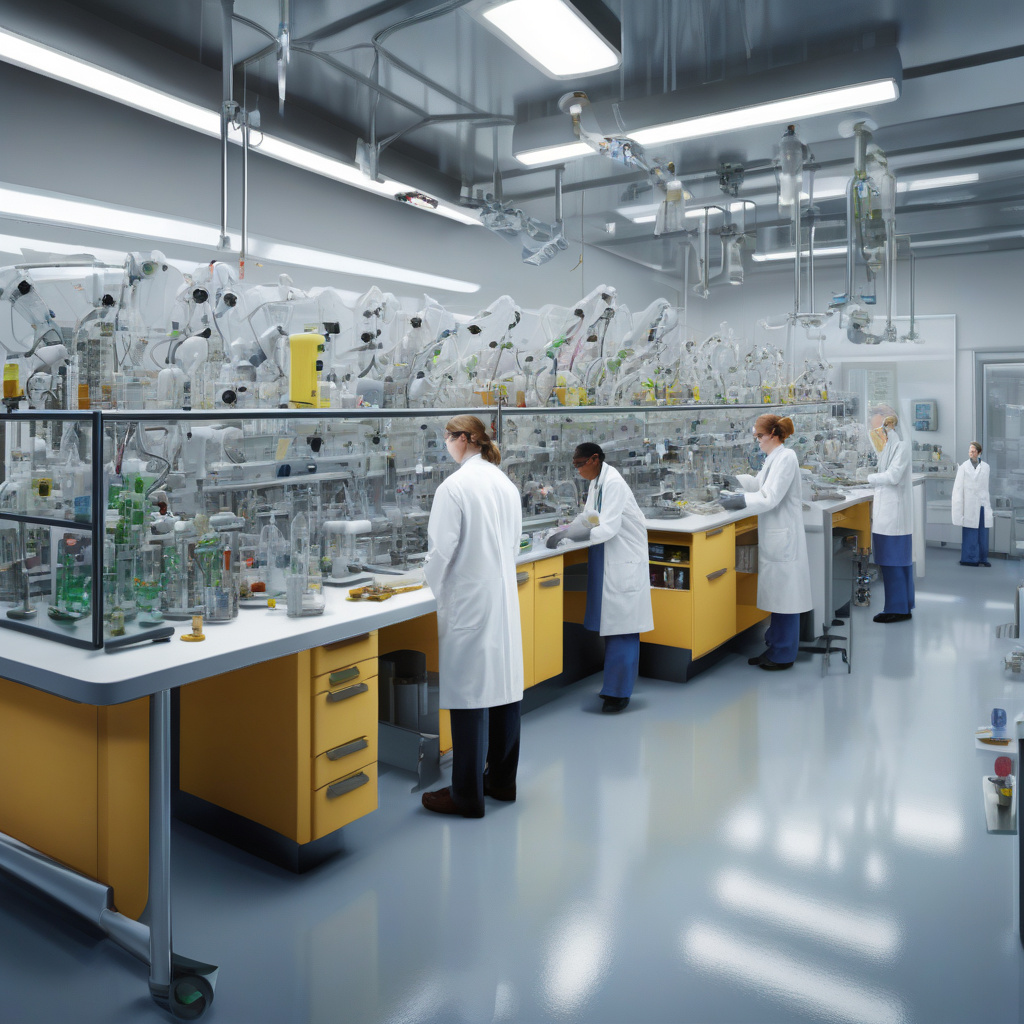6-second Solution: US Breakthrough Turns Polluted Water into 92% Pure Fertilizer, Fuel
Yale researchers have developed a promising new method to electrochemically convert nitrate, a common water pollutant, into valuable resources like fertilizer and fuel. This groundbreaking technology offers a swift and efficient solution to water contamination while simultaneously creating products that can benefit various industries and contribute to a more sustainable future.
Water pollution is a pressing global issue, with nitrate contamination being a significant concern due to its harmful effects on human health and the environment. Traditional methods of nitrate removal are often costly, energy-intensive, and can result in the production of harmful byproducts. The innovative approach developed by the Yale researchers addresses these challenges by utilizing electrochemistry to transform nitrate into high-purity products within a mere six seconds.
The process involves passing contaminated water through a specially designed electrochemical cell, where nitrate ions are selectively converted into nitrogen gas and high-purity hydroxide ions. These hydroxide ions can then be further processed to create valuable products such as fertilizer or serve as a source of renewable energy in fuel cells. This dual-purpose conversion not only eliminates nitrate from the water but also generates resources that can help meet growing demands in agriculture and energy production.
One of the key advantages of this technology is its speed and efficiency. The six-second conversion time sets it apart from traditional methods that can take hours or even days to complete. This rapid turnaround not only allows for the treatment of large volumes of water in a short period but also reduces energy consumption and operational costs, making it a cost-effective and scalable solution for water treatment facilities.
Moreover, the high purity of the resulting products is a significant benefit for industries that rely on quality inputs for their operations. The 92% purity level achieved in the conversion process ensures that the fertilizer produced is free from contaminants, making it safe for agricultural use and potentially more effective in promoting plant growth. Similarly, the purity of the hydroxide ions makes them suitable for use in fuel cells, where impurities could negatively impact performance.
In addition to its technical benefits, the Yale researchers’ method also has positive implications for environmental sustainability. By converting nitrate into valuable products, the technology not only cleans up water sources but also reduces the reliance on traditional chemical fertilizers and fossil fuels. This shift towards a circular economy model where waste is repurposed into resources aligns with global efforts to reduce waste generation and minimize environmental impact.
As this breakthrough technology continues to undergo further testing and refinement, its potential applications are vast and far-reaching. From municipal water treatment plants to agricultural operations and renewable energy facilities, the ability to quickly and efficiently convert nitrate pollution into valuable resources offers a transformative solution to multiple sustainability challenges.
In conclusion, the six-second solution developed by Yale researchers represents a significant advancement in the field of water treatment and resource recovery. By harnessing the power of electrochemistry, this innovative technology not only addresses water pollution at its source but also creates opportunities for the production of high-quality fertilizer and renewable fuel. As global concerns about water quality and resource scarcity continue to grow, solutions like this offer hope for a more sustainable and prosperous future for generations to come.
#Yale, #WaterTreatment, #ResourceRecovery, #Sustainability, #Innovation












